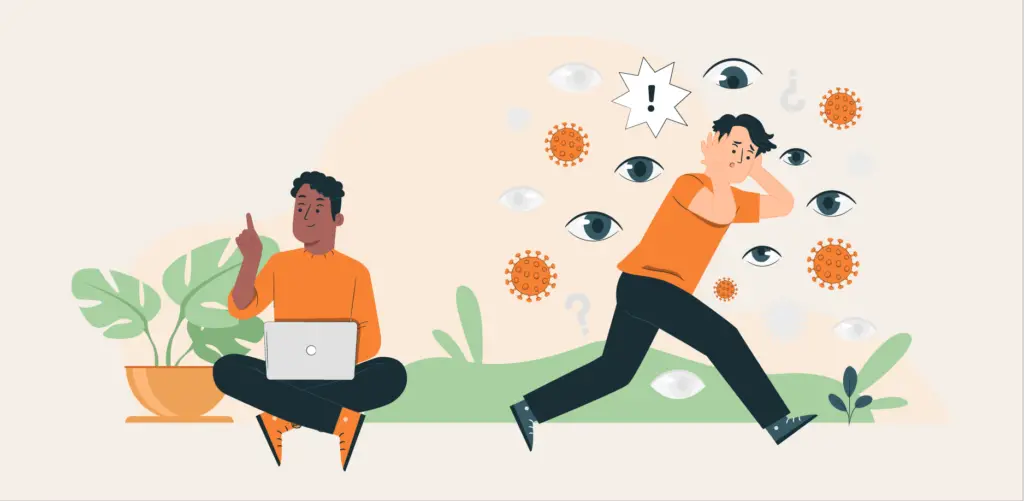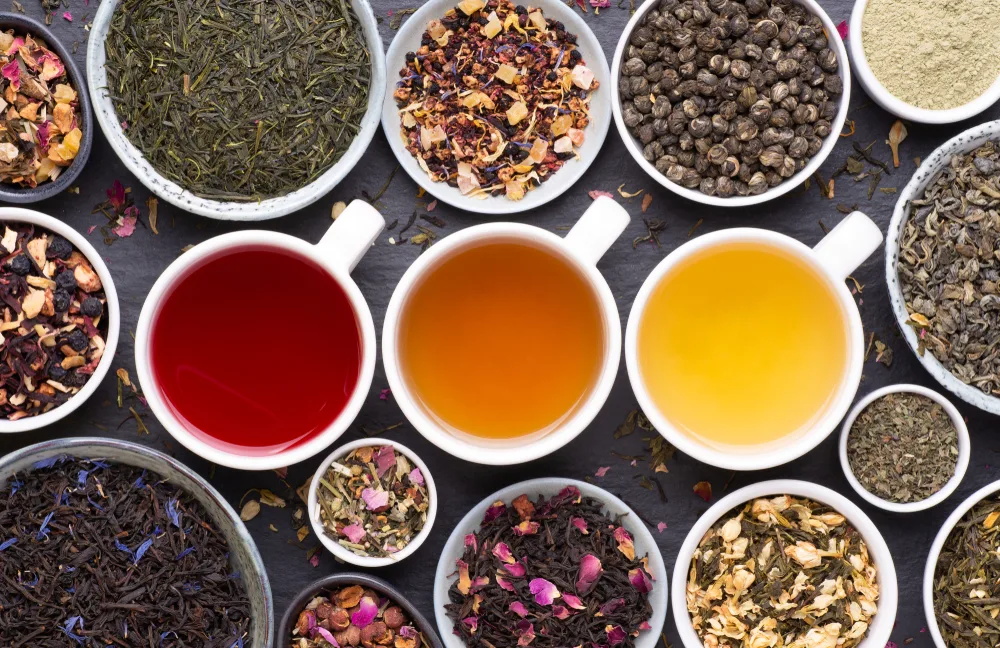Table of Contents
Gratitude is like a cozy fire on a chilly night. It’s about appreciating the good things in your life, big or small, and feeling thankful for them. Studies show daily gratitude practice can improve mental health, strengthen relationships, and increase happiness and life satisfaction.
Read on and explore the five ways to practice gratitude every day and feel the warmth from your heart.
Gratitude is more than just a positive emotion
Gratitude is more than just being thankful for the good things that happen to you. It also means acknowledging the good that others do.
This could include thanking friends and family for help, expressing gratitude to strangers for their kindness, or simply being grateful for the beauty of nature.
Gratitude is often compared to other positive emotions, such as happiness, contentment, and satisfaction. However, it is special in that it focuses on positive appreciation, even for the difficulties in our lives.
More importantly, gratitude has been proven to have a long-lasting effect on our mental health and overall well-being.
The power of gratitude in our lives
Practicing gratitude to improve one’s mental health might sound like pseudo-science, but research shows that gratitude can positively affect us, especially the human brain. There are many objective reasons why showing a little more gratitude can benefit you just as much as making others feel good.
How gratitude changes our brains
So exactly what happens in the brain when we feel grateful? Let’s look closer at the science of gratitude and how it can transform our lives.
Gratitude helps the brain release dopamine, the ‘feel-good’ chemical. Dopamine release creates a positive feedback loop in the brain which encourages us to continue the behavior (1).
Additional studies also show that gratitude can activate the hypothalamus. This part of the brain supports many functions, such as stress release, improved sleep, and better appetite. The latter two alone affect significantly better mental health (1, 2).
Moreover, gratitude increases activity in the brain’s prefrontal cortex. This is the decision-making, planning, and reasoning part of the brain. This boosts our problem-solving and decision-making skills at work (4, 6)
Finally, a study suggests that older people who express more gratitude have better cognitive function. This association was partially mediated by the amygdala, a section of the brain that processes emotion and memory (7).
Gratitude shields us from negative emotions
Gratitude can reduce negative feelings, which can lead to better mental health. Research suggests that practicing gratitude reduces symptoms of anxiety and stress in people with PTSD, or post-traumatic stress disorder (8, 9).
Gratitude boosts physical health
A grateful person may also have better physical health. A study found that those who practiced gratitude had better self-reported physical health than those who did not. Gratitude interventions were also associated with better sleep quality, the foundation for a healthy body (10)
Gratitude builds strong relationships
We can also improve our relationships with the positive psychology of gratitude. Expressing gratitude towards one’s partner strengthens emotional connections and increases intimacy (12)
Gratitude helps to promote positive social behaviors. Kindness and generosity to others help build stronger and better communities (14)
Gratitude helps in many ways, but especially with strengthening cognitive and emotional control. Being grateful can also affect better mental health, improve physical well-being, and invigorate social relationships. Simply put, gratitude works, so count your blessings day by day.
How to practice gratitude
Gratitude is not just a spontaneous kind-hearted gesture, it is a beneficial practice that we can cultivate. There are various ways to practice gratitude, but they all involve two main stages: recognizing and reflecting.
Recognizing the goodness in our lives
The first step in a gratitude practice is to be aware of the good things in our lives.
We can be grateful for basic necessities like food, shelter, and clothing. We can extend this gratitude to intangible things like supportive relationships, good health, and positive experiences.
Consciously noticing and appreciating these things shifts our focus from what we lack to what we have.
Reflecting on how goodness came to us
After expressing what we’re grateful for, the next step is to reflect on how this gratitude can become a part of our lives. This creates a better understanding and connection to the world around us.
If we’re grateful for a supportive friend, we can reflect on how that person has helped us or even write a gratitude letter to them. A gratitude letter isn’t usually sent (or emailed) to the person.
If we are thankful for good health, we can reflect on the choices that have contributed to our well-being, such as exercising regularly and eating a healthy diet.
5 Ways to practice gratitude every day
Since gratitude helps us and others in so many ways, let’s explore the ways we can implement gratitude practice into our lives.
Feel free to pick the ones that will best improve your well-being!
1. Keep a gratitude journal
Keeping a gratitude journal is simple. Write down three things you are grateful for at the end of each day. This practice helps to shift focus towards the positive aspects of life and can improve mental health and overall well-being.
Here are some tips for starting a daily gratitude journal:
undefinedundefinedundefinedundefined
Gratitude practice takes on many forms, such as daily journaling, gratitude letter writing, meditation, gratitude affirmations, mental subtraction, or just saying ‘thank you.’ Any or all of these practices can manifest peace and calmness, boost your confidence, improve your mental health, and bring joy and satisfaction into your life.
Start creating a gratitude list today
Creating a gratitude list can help you focus on the good things in your life. By combining this list with the five practices mentioned above, you can reflect on how much you have, even if it seems small or insignificant.
You can write down the things you are grateful for, such as:
undefinedundefinedundefinedundefinedundefined
Tips for creating a gratitude list
In many beneficial practices, it is often important to focus on the details. That, and being practical, consistent, and personalizing things with creative flair.
undefinedundefinedundefinedundefined
That’s all you need to know to make your gratitude list. Grab a pen and start writing and reflecting on the beautiful things happening in your life!
Summary
Think about the people who were kind to you, the meaningful conversations you had, and the goals you achieved—no matter how small. A daily gratitude practice can improve your mental and physical health, strengthen your relationships, and lead to a more satisfying life. Ways to cultivate gratitude include gratitude journaling, meditating, or writing gratitude letters. Let’s start recognizing the goodness in our lives and be thankful for its presence!









Comments
0